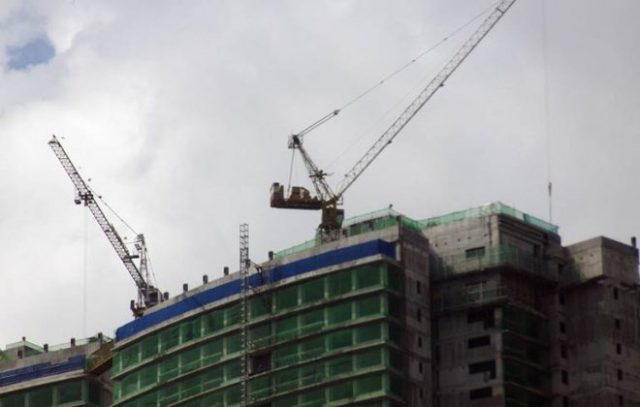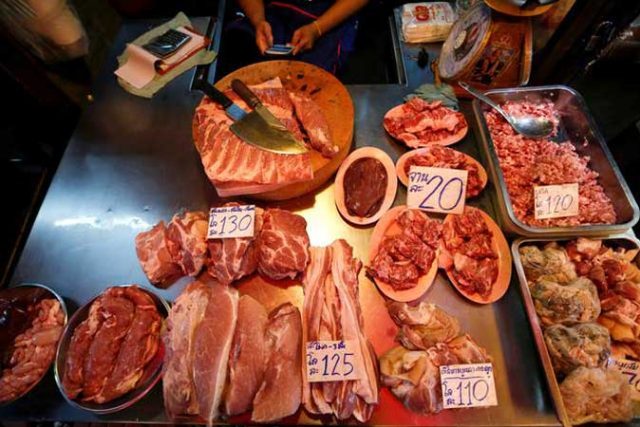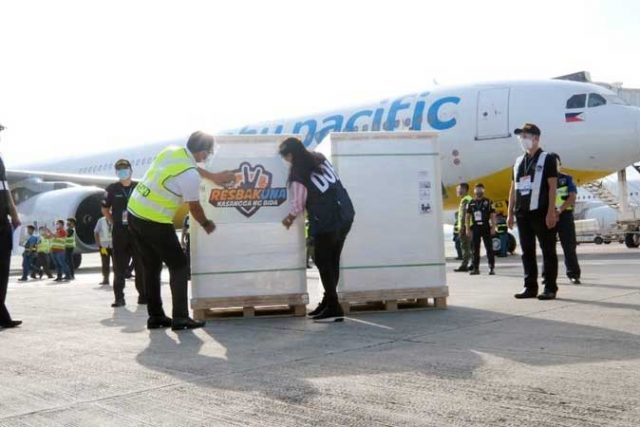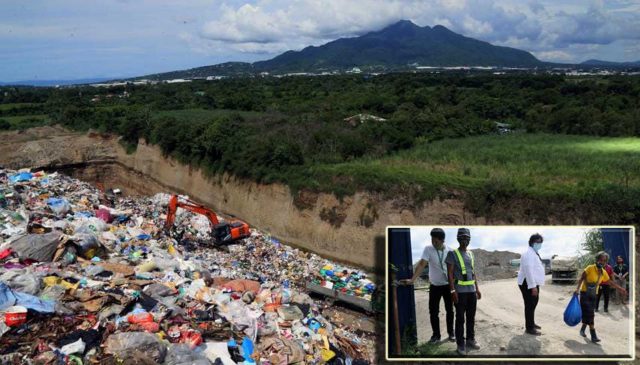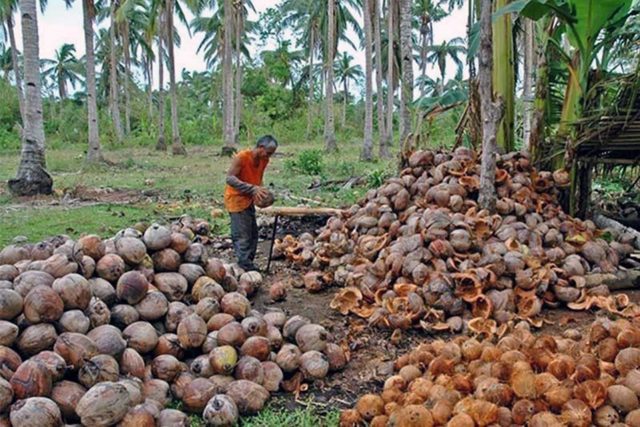PHL meat imports rise 26.7% in first five months led by pork
MEAT IMPORTS in the first five months rose 26.7% year on year to 440,018.87 metric tons (MT), led by a sharp increase in pork shipments.
According to the Bureau of Animal Industry (BAI), pork imports in the first five months rose 146.7% to 215,883.30 MT.
Buffalo imports rose 52.1% to 19,635.60 MT during the period.
Turkey imports rose 15.6% to 710.28 kilograms.
The BAI said chicken imports fell 23.3% to 136,822.39 MT in the five months to May.
Imports of mechanically deboned meat (MDM) from chicken, used in the production of processed meat products such as sausages and dimsum, fell 33.8% t0 71,836.20 MT.
Beef imports declined 0.4% to 66,678.76 MT, while duck imports fell 18.4% to 53.89 MT. Lamb imports dropped 71.9% to 236.66 MT.
Jesus C. Cham, Meat Importers and Traders Association president, said in a phone message that the imports reflect the severity of the pork shortage.
“Imports of pork belly and cuts increased much more than the by-products. This shows the stronger purchasing power of the middle class, although the lower classes seem to be consuming more than last year,” Mr. Cham said.
The Philippine Statistics Authority estimates that the hog inventory as of April 1 was 9.55 million animals, 22.6% lower from a year earlier, due to the effects of the African Swine Fever (ASF) outbreak.
The government’s response was to bring in pork imports at lower tariffs.
On May 10, President Rodrigo R. Duterte signed Executive Order (EO) No. 133 that increased the minimum access volume (MAV) quota of pork imports to 254,210 MT, from the previous 54,210 MT, after the Department of Agriculture (DA) estimated a looming pork deficit of 388,790 MT.
MAV is the quota for farm commodities that can be imported at favorable tariffs under the World Trade Organization system.
Another initiative to augment pork supply was EO 134, signed by Mr. Duterte on May 15, which adjusted the tariff rates of pork imports for one year.
He lowered the tariff on pork imports within the MAV quota to 10% in the first three months and 15% over the subsequent nine months. Out-of-quota pork imports were to be charged 20% and 25% over the same periods.
Before the EO, the tariffs on pork within the MAV quota were 30%. Out-of-quota pork paid 40%.
Mr. Duterte also signed Proclamation No. 1143 that declared a state of calamity nationwide due to the effects of ASF.
Jerome D. Ong, Philippine Association of Meat Processors, Inc. vice-president, said in a statement that lower chicken imports, particularly MDM, were expected after the Philippines imposed restrictions on European sources such as the UK and Germany.
“Limited supply from the few remaining sources led to spiraling MDM prices, at levels 150-200% higher than last year’s,” Mr. Ong said.
“We continue to appeal to the DA and the Bureau of Animal Industry to relax restrictions in accordance with World Organisation for Animal Health guidelines, so that trade may slowly normalize, and our sector can continue to provide steady supply of affordable meat protein to the masses,” he added.
Mr. Ong also said higher pork import volumes help meat processors manage their costs and minimize price adjustments.
“The ultimate victor here is the Filipino consumer who now has access to more affordable pork,” Mr. Ong said. — Revin Mikhael D. Ochave


